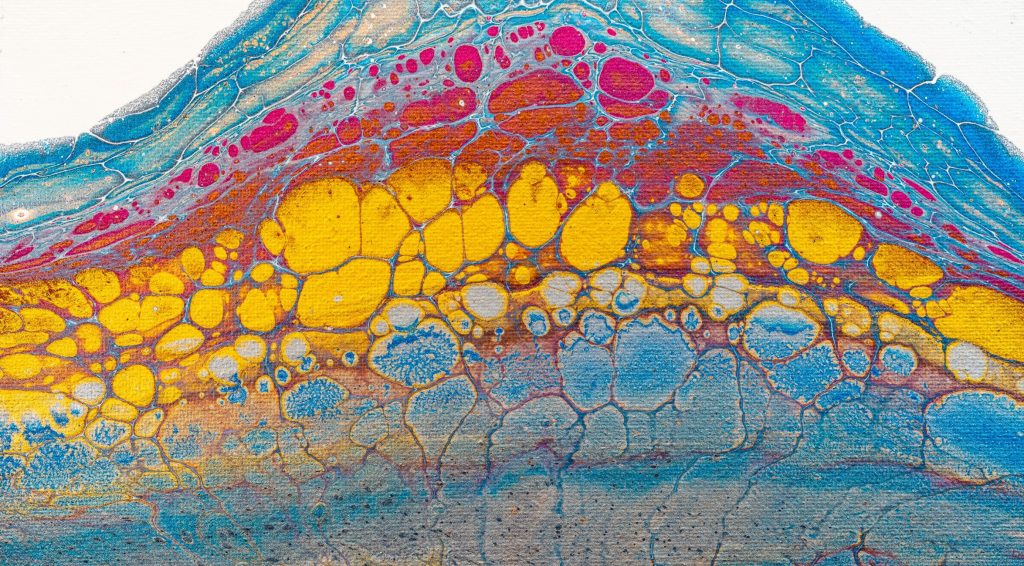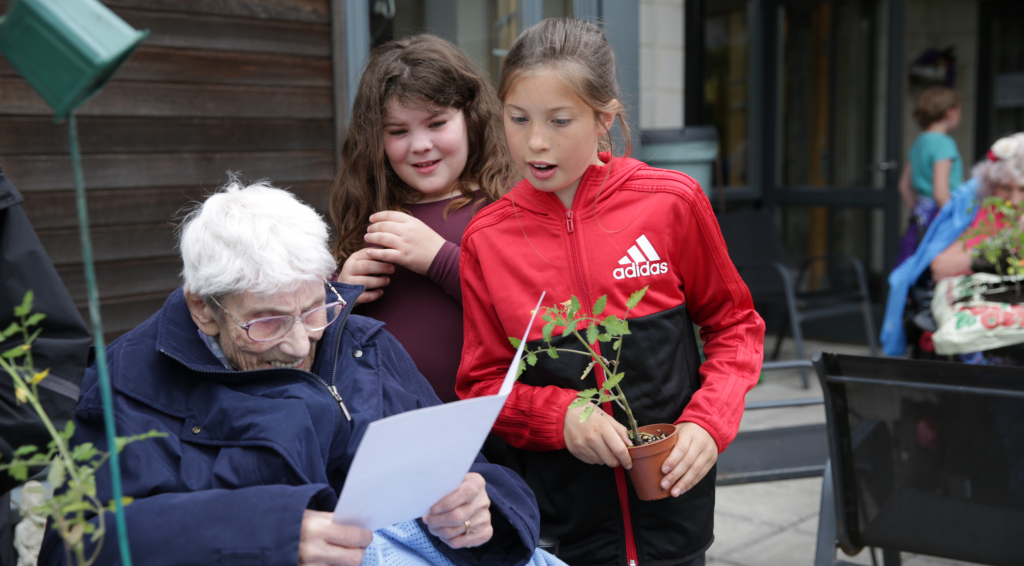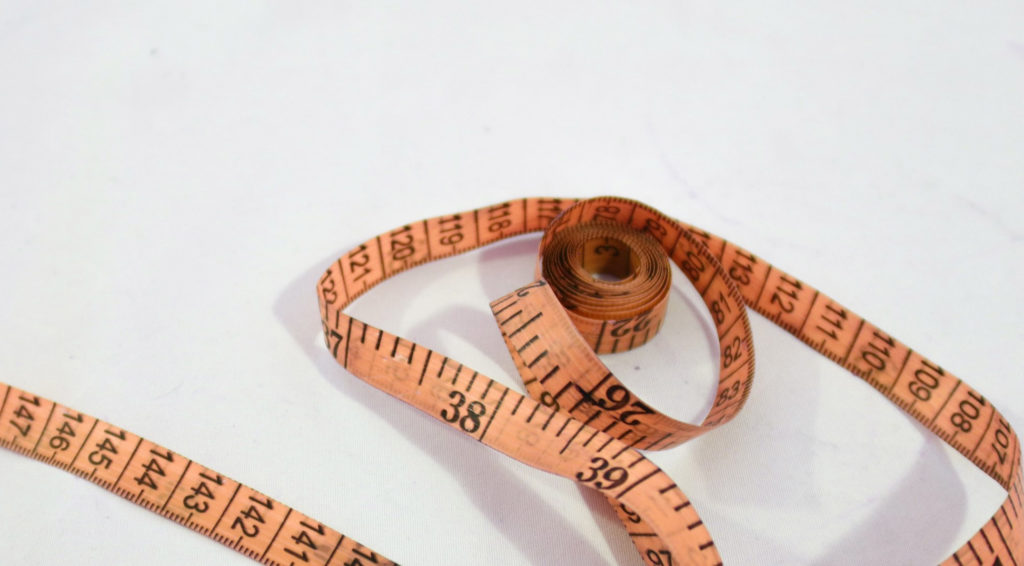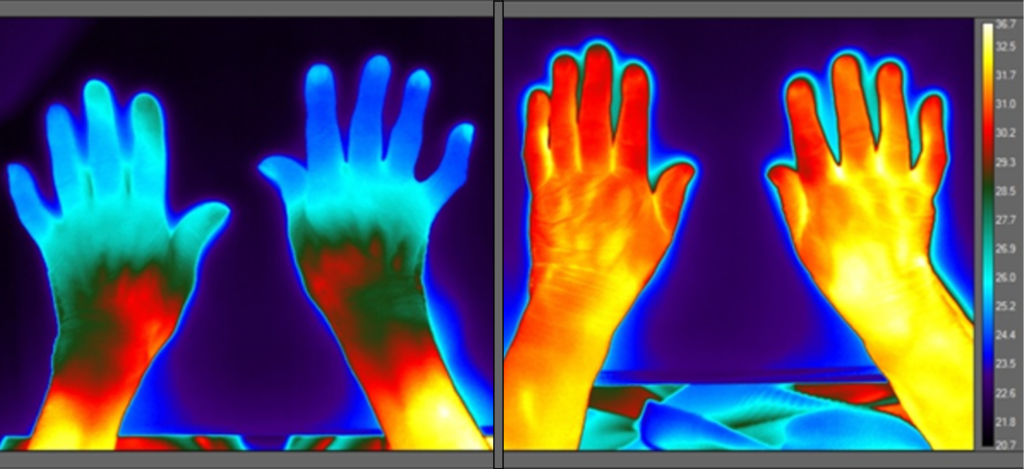How does ageing change our cartilage?
We know that the spongy cartilage between bones changes during ageing and osteoarthritis, but it’s not clear how these processes are related. By comparing what’s happening in cartilage cells at a molecular level during ageing and osteoarthritis, Dr Simon Tew is gathering insights that will pave the way for future therapies.









